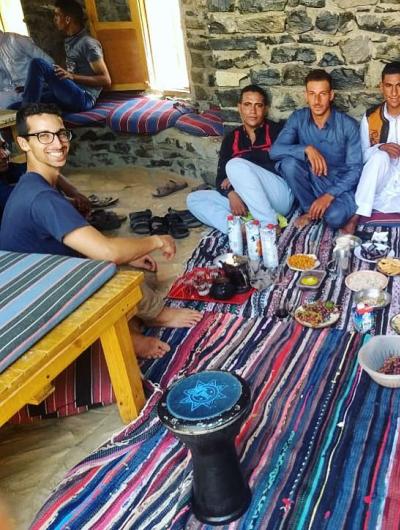Zander Pellegrino

Participatory Climate Adaptation in New York City and Cairo: consequences for residents and limits of participation
Two qualitative case studies of city development projects illustrate possible consequences of contemporary participatory adaptation approaches to planning and development.1I investigate efforts to develop and plan green spaces in Cairo and New York City. I trace efforts by the German Development Agency (GIZ)2 and a small research center in Cairo to plan and construct green roofs and urban gardens in poor urban Cairene neighborhoods from 2014 to 2018. I also follow the planning processes from 2013 until present to increase the social and physical resilience of the Lower East Side of Manhattan done by the NYC Mayor’s Office, US federal agencies and many local NGOs and architecture firms who serve as contractors. While the processes of participation were different in Cairo and NYC, they yielded similar unintended and negative results in both the focus of the projects’ goals and social resilience. Namely, both Cairo and NYC final plans were not endorsed by community members, despite their participation, and ultimately decreased trust—one key component of social resilience—between planners and residents.
